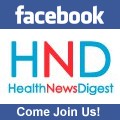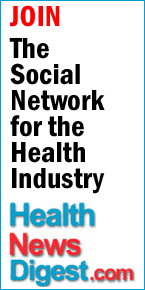 |
With so much of the cash flow dependent on insurance payments, medical practices built their financial process to collect that money. Highly trained medical billers and providers learned complex coding rules, medical necessity rationale and even coverage limits. When these rules were followed, the payments came and sustained the medical practice’s business. But, that’s all changing now.
Today, almost one-third of medical practice revenue will come out of the pockets of patients, a nearly three-fold increase from just five years ago. The rapid increase in patient responsibility is being driven by the increase in high-deductible, consumer driven health plans and an increase in uninsured patients. What does this mean for the medical practice?
First, this trend requires practices to view patients as paying customers and implement plans to collect money from them. Patients need to be educated on how much the office visit may cost and expectations need to be set that a payment will be required either before or at the time of service. Studies prove that the odds of collecting patient payments before or at the time of visit are pretty good. But, if a medical practice takes the “bill the patient later” philosophy, the chances they will ever see that money are less than 40%.
Second, medical practice managers need to understand their patient’s financial situation. They need to answer questions like “Is the patient covered by insurance today?”, “Is there a copay?” and “Has their deductible been met?” Luckily, today’s cloud based technology tools help answer those questions in seconds and better equip practice staff to proactively collect payments immediately. It is cheaper and it improves cash flow if a practice collects money at the time of service rather than chasing it down after the fact.
Finally, successful practices need to closely monitor patient accounts receivable. Obviously, aging patient receivables is not good for the practice, especially given the low chances of collecting patient payments mentioned above. And, it is no longer acceptable to rationalize writing off unpaid patient balances because the patients just don’t have insurance. Studies show the majority of patients – about 65% - do have insurance and elect not to pay or don’t fully understand their responsibility for paying.
So it is now vital for every practice to manage patient revenue as closely as insurance revenue. Defining acceptable aging thresholds and setting goals - even incentivizing staff based upon those goals – may help practices receive the money they are due. Undoubtedly, collecting money from patients is a sensitive undertaking since most practices are in the business to help people. Nevertheless, it is still a business and having a plan to tackle growing patient receivables will yield a great return and create a strong, sustainable platform to deliver patient care.
Editor's Note: Dan Rodrigues is the founder and CEO of Kareo. He founded the company in 2004 with a vision of simplifying medical offices with web-based medical billing software that replaces the expensive and complex medical billing and practice management systems doctors have today. Under Dan's leadership, Kareo has since created the most user-friendly, easy-to-buy, and easy-to-setup software on the market offering immediate benefits with reduced risks and costs.
###
For advertising and promotion on HealthNewsDigest.com please contact Mike McCurdy: [email protected] or 877-634-9180
HealthNewsDigest.com is syndicated worldwide, to thousands of journalists in all media, and health-related websites. www.HealthNewsDigest.com









